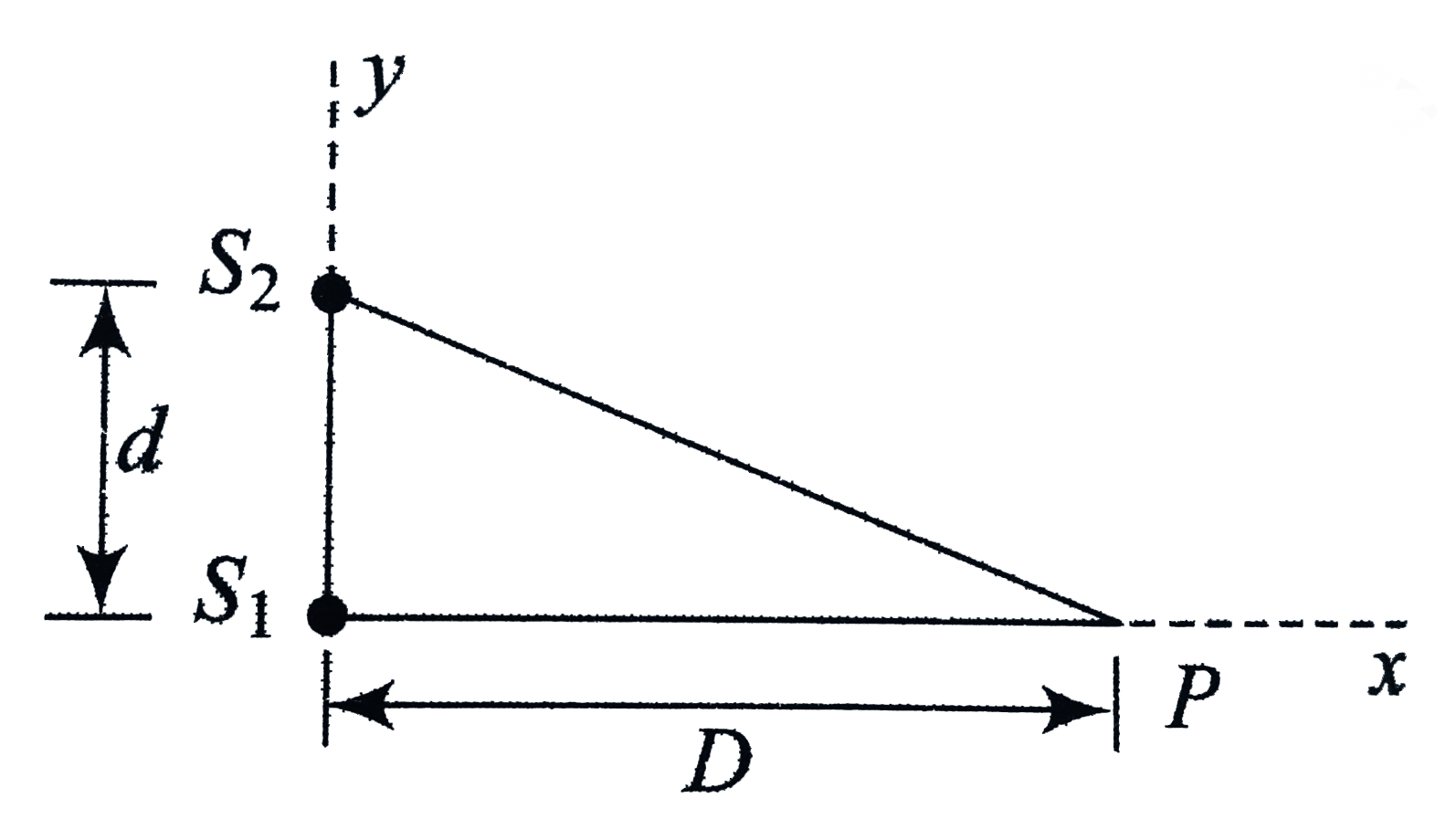The eye can detect 5×104 photons (m2s)−1 of green light (λ=5000A), whole ear can detect 10−13Wm2 . As a power detector, which is more sensitive and by what factor?
E=123755000=2.475 eV =4×10−19 J
lEye =(Photon flux) x (Energy of photon) =(5×104)×(4×10−19)≈2×10−14(W/m2)
Lesser the intensity ⇒ More sensitive .
SEyeSEar=lEarlEye=10−132×10−14=5
Topper's Solved these Questions
- DUAL NATURE OF RADIATION AND MATTER BOOK - AAKASH INSTITUTE ENGLISHCHAPTER - DUAL NATURE OF RADIATION AND MATTER EXERCISE - Try Yourself
41 Videos
- DUAL NATURE OF RADIATION AND MATTER BOOK - AAKASH INSTITUTE ENGLISHCHAPTER - DUAL NATURE OF RADIATION AND MATTER EXERCISE - ASSIGNMENT SECTION A. Objective (Only one answer)
50 Videos
- CURRENT ELECTRICITYBOOK - AAKASH INSTITUTE ENGLISHCHAPTER - CURRENT ELECTRICITYEXERCISE - ASSIGNMENT SECTION-J
10 Videos
- ELECTRIC CHARGES AND FIELDS BOOK - AAKASH INSTITUTE ENGLISHCHAPTER - ELECTRIC CHARGES AND FIELDS EXERCISE - comprehension
3 Videos
Similar Questions
The human eye can barely detect a yellow lings (λ=6000A) that delivers 1.7×10−18W to the retina. The number of photons per second falling on the eye is nearest to
View SolutionThe faintest sound the human ear can detect at a frequency of 1000 Hz correspond to an intensity of about 1.00×10−12Wm2, which is called threshold of hearing. The loudest sounds the ear can tolerate at this frequency correspond to an intensity of about 1.00Wm2, the threshold of pain. Detemine the pressure amplitude and displacement amplitude associated with these two limits. Take speed of sound=342ms and density of air=1.20kgm3
View SolutionThreshold frequency of a metal is 5×1013s−1 upon which 1×1014s−1 frequency light is focused. Then the maximum kinetic energy of emitted electron is
View SolutionAt t=O, light of intensity 1012 photons/s−m2 of energy 6eV per photon starts falling on a plate with work founction 2.5eV If area of the plate is 2×10−4m2 and for every 105 photons one photoelectron is emitted, charge on the plate at t=25 s is
View SolutionA 100W bulb has tungsten filament of total length 1.0m and raidius 4×10−5m . The emiswsivity of the filament is 0.8 and σ=6.0×10−8Wm−2K−4 . Calculate the temperature of the filament when the bulb is oprating at correct wattage.
View Solutiontwo galvanometers of resistance 100Ωand50Ω, are 10−8A/div and 2×10−5A/div respectively. In which case the voltage sensitivity is more ?
View SolutionThe minimum intensity of light to be detected by human eye is 10−10W/m2. The number of photons of wavelength 5.6×10−7m entering the eye , with pupil area 10−6m2 , per second for vision will be nearly
View SolutionTwo sources S1 and S2 emiting light of wavelenght 600 nm placed a distance 1.0×10−2 cm apart.
A detector can be moved on line S1P which is perpendicular to S1S2
(a) What would be the minimum and maximum path difference at the detector as it moves along line S1P ?
(b) Locate the psoition of the farthest minima detected
 .
.
View SolutionTwo sources S1andS2 emitting light of wave length 600 nm are placed a distance 1.0x10−2 cm apart. A detector can be moved on the litre line S1P which is perpendicular to S1S2. a.What would be the minimum and maximum path differrence at the detector as it is moved alog the line S1P? b. Locate the position of the farthest minimum detect.
View SolutionThe faintest sound the human ear can detect at a frequency of kHz (for which ear is most sensitive) corresponds to an intensity of about 10−12w/m2. Assuming the density of air ≅1.5kg/m3 and velocity of sound in air ≅300m/s, the pressure amplitude and displacement amplitude of the sound will be rspectively ____N/m2 and ____m.
View Solution
